10 things you didn't know about dormice
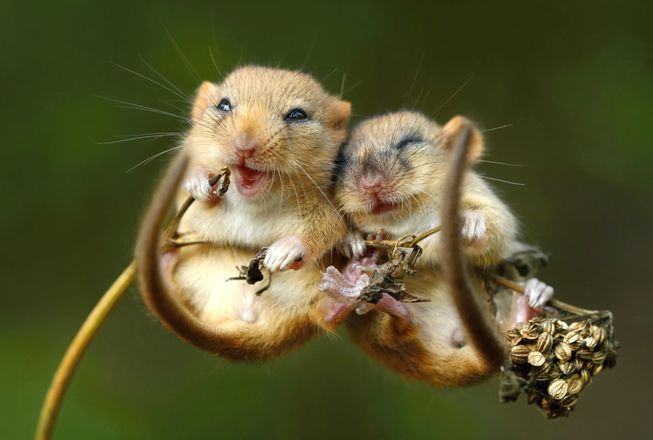
The sleepy rodent from "Alice's Adventures in Wonderland" is also one of nature's most beloved characters. Tiny and adorable, the dormouse is also full of surprises. Read on to learn some interesting facts about this photogenic creature.

- Dormice are not technically mice.
He may have round ears and a long tail, but the dormouse is not a member of the same family as regular mice. Instead of a scaly tail, the dormouse has a fluffy one. Both mice and dormice are in the same suborder of rodents as squirrels and beavers.
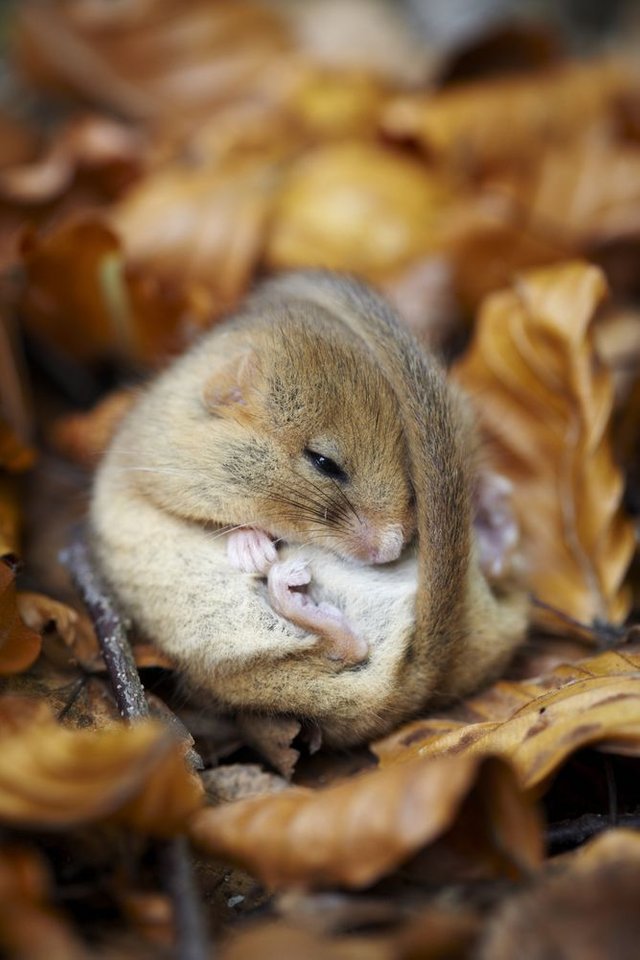
- Dormice are well-known for their sleeping habits.
Dormice that live in temperate climates go through long periods of hibernation — six months or longer. They make their nests along the forest floor, hidden by logs and piles of leaves. They may wake up during a particularly lengthy sleep to get a snack, but they usually try to eat enough food to fatten up before hibernation begins. What a cozy cushion that makes!
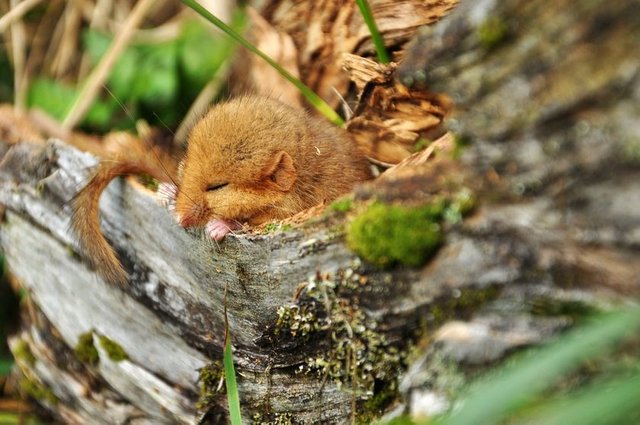
- The name means 'sleepy one.'
The name dormouse comes from the word "dormeus," which literally translates to "sleepy one." Even when they aren't hibernating, they always seem to be sleeping — but in fairness, that's also because they're nocturnal.

- Like us, dormice live with their families.
Dormice usually have four hairless babies in the springtime and live in close-knit family groups as the young mature. They play, fight and snuggle with each other just like humans do.
Dormouse hangs onto a stem
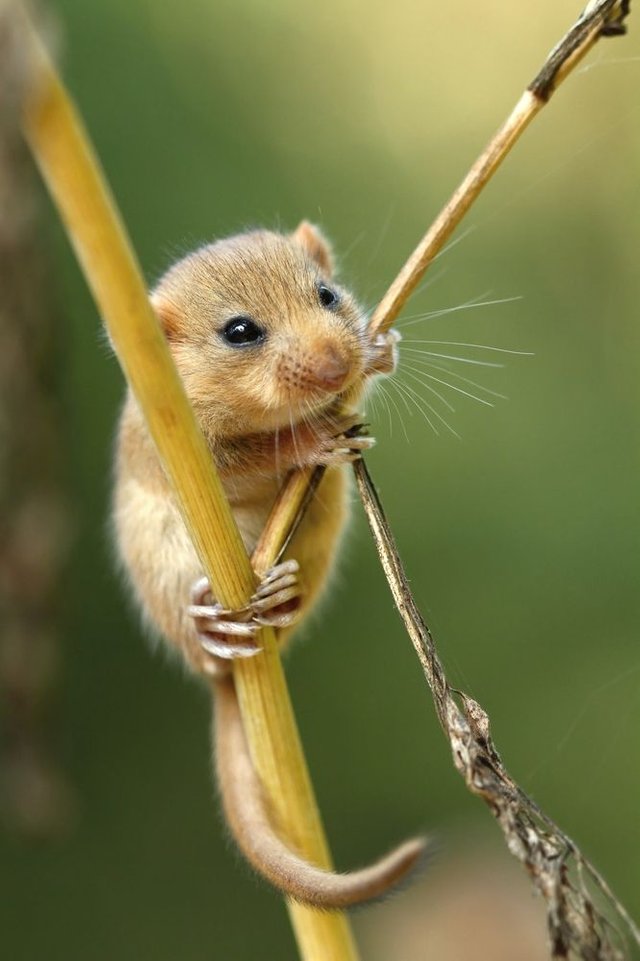
- Dormice are teeny tiny.
The smallest of dormice can be as little as two inches long, while others are closer to 8 inches in length.
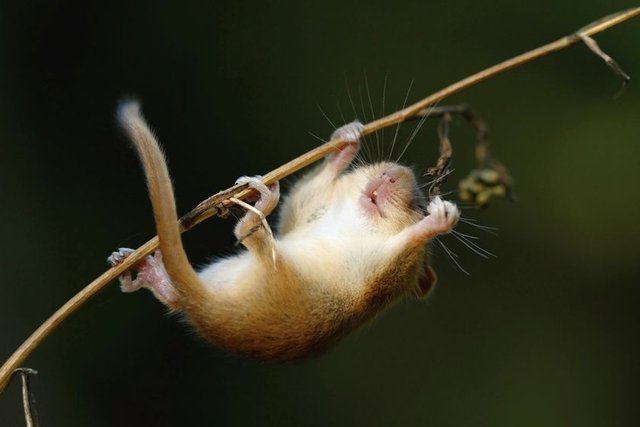
- Dormice are expert climbers.
With long, grasping toes and sharp claws, dormice are some of the most acrobatic arboreal animals. They may be tiny, but their ability to scurry up a tree comes in handy when they're trying to avoid predators or find the most delicious berry.

- There are 29 different species of dormice.
Dormice can be found all around the world and vary widely in their characteristics. Some are larger while others have dark masks around their eyes, so it's easier to tell them apart from their eponymous cousins.
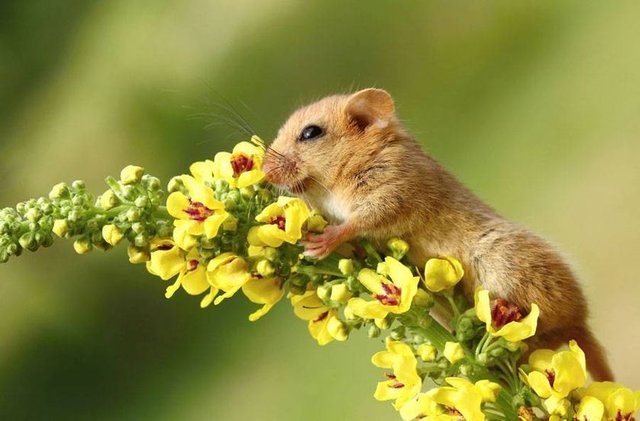
- Dormice eat flowers.
This dormouse might seem like he's taking in the aroma of a big bunch of flowers, but he's really enjoying an afternoon snack. Dormice also eat small insects, fruits (especially berries!) and nuts. The hazel dormouse primarily stocks up on hazelnuts, especially right before hibernation.
Two dormice
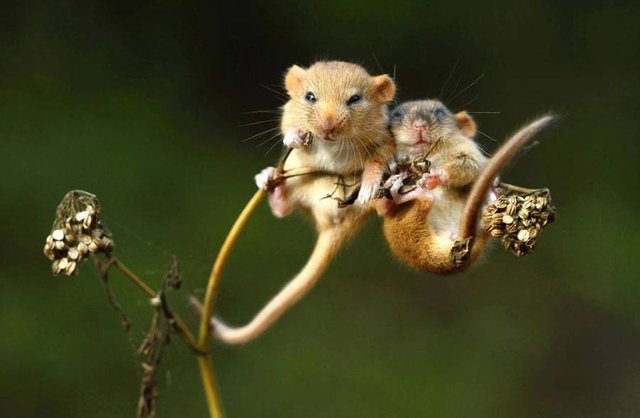
- These cuties have been around for over 30 million years.
They may seem like innocent little babies, but dormice are among the most ancient rodent species. Dormice fossils date back to the early Eocene, a period of 33 to 56 million years ago. They lived alongside ancient horses, primates and bats.
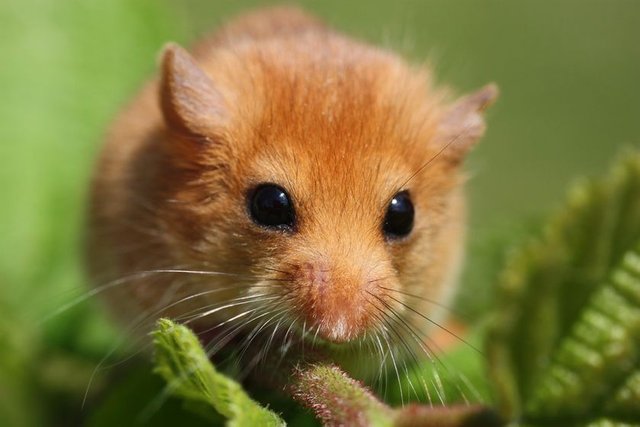
- They're in danger.
The dormouse population is in decline both in number and range. In the U.K., they are vulnerable to extinction, the BBC reports. To help them, the People’s Trust for Endangered Species (PTES) releases breeding pairs into certain woodlands, and they've been doing this since 1993. And the U.K. has installed a number of wildlife bridges to help the dormouse and other wildlife cross dangerous open spaces safely. "They include simple arboreal structures like ropes and poles, to more complex tunnels and tubes that connect tree branches; as well as purposely built "green" land structures that resemble more conventional bridges covered in vegetation over busy roads," according to the BBC.